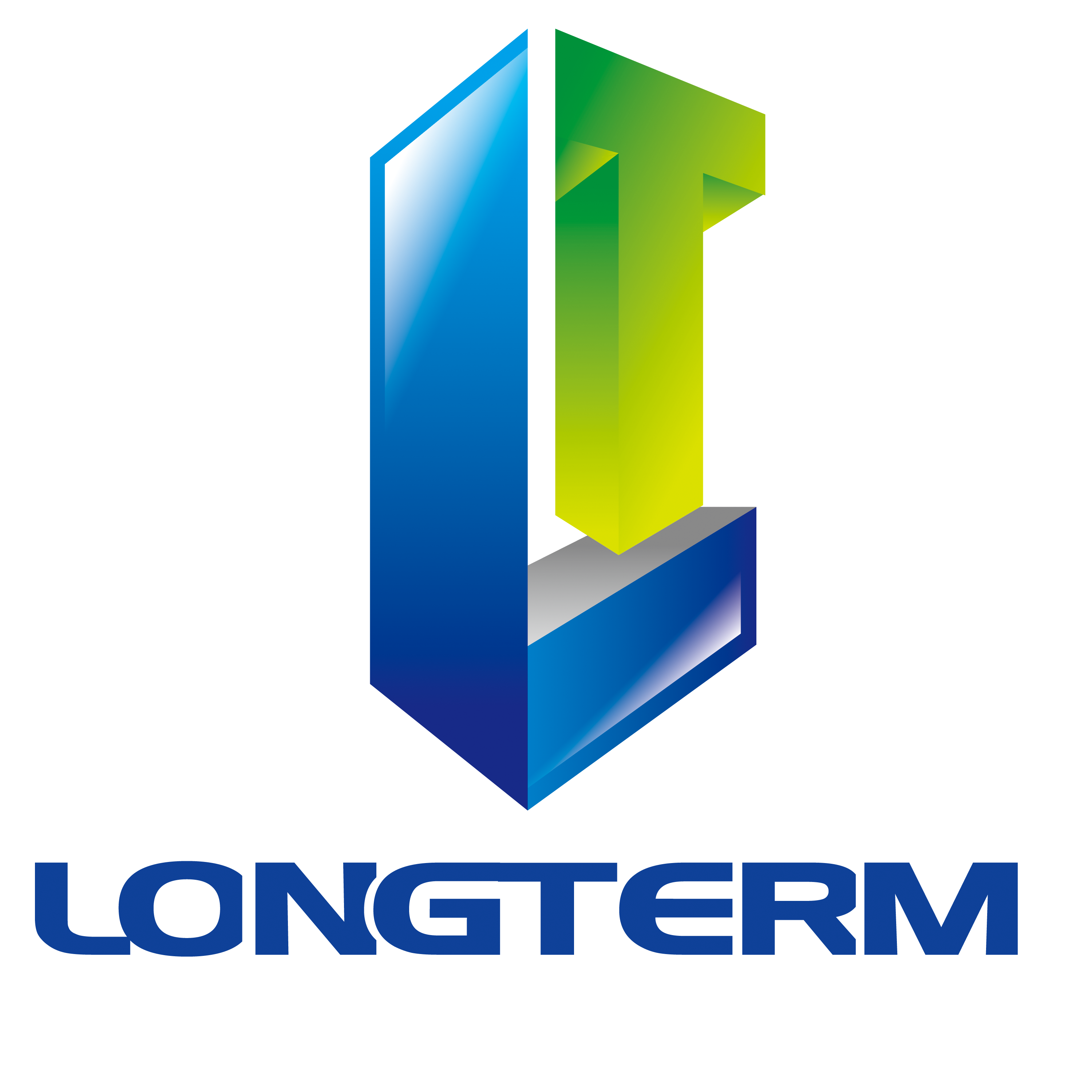Enhanced Efficiency and Productivity
Smart design is intrinsically linked to increased efficiency and productivity across diverse industrial landscapes. Consider the manufacturing sector, where data analytics plays a crucial role. Sensors embedded within machinery provide real-time data on performance, allowing for predictive maintenance and minimizing downtime. This proactive approach drastically reduces unexpected failures, leading to substantial cost savings and uninterrupted production cycles. The integration of robotics and automation, guided by smart design principles, further streamlines operations, automating repetitive tasks and enhancing overall output.
Beyond manufacturing, smart design optimizes logistical processes. Sophisticated algorithms optimize delivery routes, reducing transportation costs and minimizing fuel consumption. Real-time tracking systems enhance transparency and accountability, improving supply chain management and reducing delays. The overall impact is a streamlined and more responsive operational ecosystem, boosting productivity and competitiveness.
Sustainable Practices and Resource Optimization
The increasing awareness of environmental concerns has propelled smart design to the forefront of sustainable practices. By meticulously analyzing material usage, energy consumption, and waste generation, designers can significantly reduce a product's environmental footprint. This involves incorporating recycled materials, minimizing packaging, and designing for durability and longevity, thereby reducing the need for frequent replacements. The concept of circular economy, which emphasizes recycling and reuse, is fundamentally driven by smart design principles.
Furthermore, smart design fosters the development of energy-efficient products and systems. Smart buildings, for instance, utilize sensors and AI to optimize energy consumption based on occupancy and environmental conditions, leading to significant energy savings and reduced carbon emissions. Similarly, the design of electric vehicles and renewable energy infrastructure relies heavily on smart design to maximize efficiency and minimize environmental impact.
Improved User Experience and Accessibility
Smart design is not solely focused on industrial processes; it profoundly impacts the user experience. By incorporating user feedback and employing human-centered design methodologies, designers create products and services that are intuitive, user-friendly, and accessible to a wider audience. This includes considering factors like ergonomics, usability, and accessibility needs, leading to products that are easier to use and more enjoyable to interact with.
The development of intuitive interfaces and personalized experiences is a cornerstone of smart design. Smartphones, smart homes, and wearable technology exemplify this trend, seamlessly integrating into users' lives and providing tailored experiences. The application of AI and machine learning further enhances user experience by anticipating needs and providing proactive support.
Data-Driven Innovation and Continuous Improvement
A defining characteristic of smart design is its reliance on data. By collecting and analyzing data throughout the product lifecycle, designers gain invaluable insights into performance, user behavior, and potential areas for improvement. This data-driven approach enables continuous refinement and optimization, leading to iterative improvements and the development of ever more efficient and effective products.
The use of digital twins, virtual representations of physical products or systems, allows designers to test and simulate various scenarios before physical prototyping, reducing development time and costs. This iterative process of design, testing, and refinement, fueled by data analysis, is key to the ongoing revolution driven by smart design.
The Future of Smart Design
The future of smart design is inextricably linked to advancements in artificial intelligence, machine learning, and advanced materials. AI-powered design tools will automate certain design processes, freeing up human designers to focus on more creative and strategic tasks. The development of new materials with enhanced properties will further expand the possibilities of smart design, enabling the creation of lighter, stronger, and more sustainable products.
Ultimately, smart design is not merely a trend; it's a paradigm shift that is transforming industries and shaping the future. By embracing data-driven innovation, sustainable practices, and user-centered approaches, smart design is paving the way for a more efficient, sustainable, and user-friendly world.

